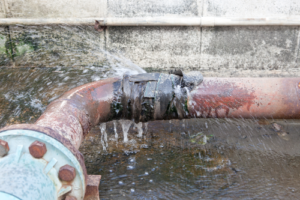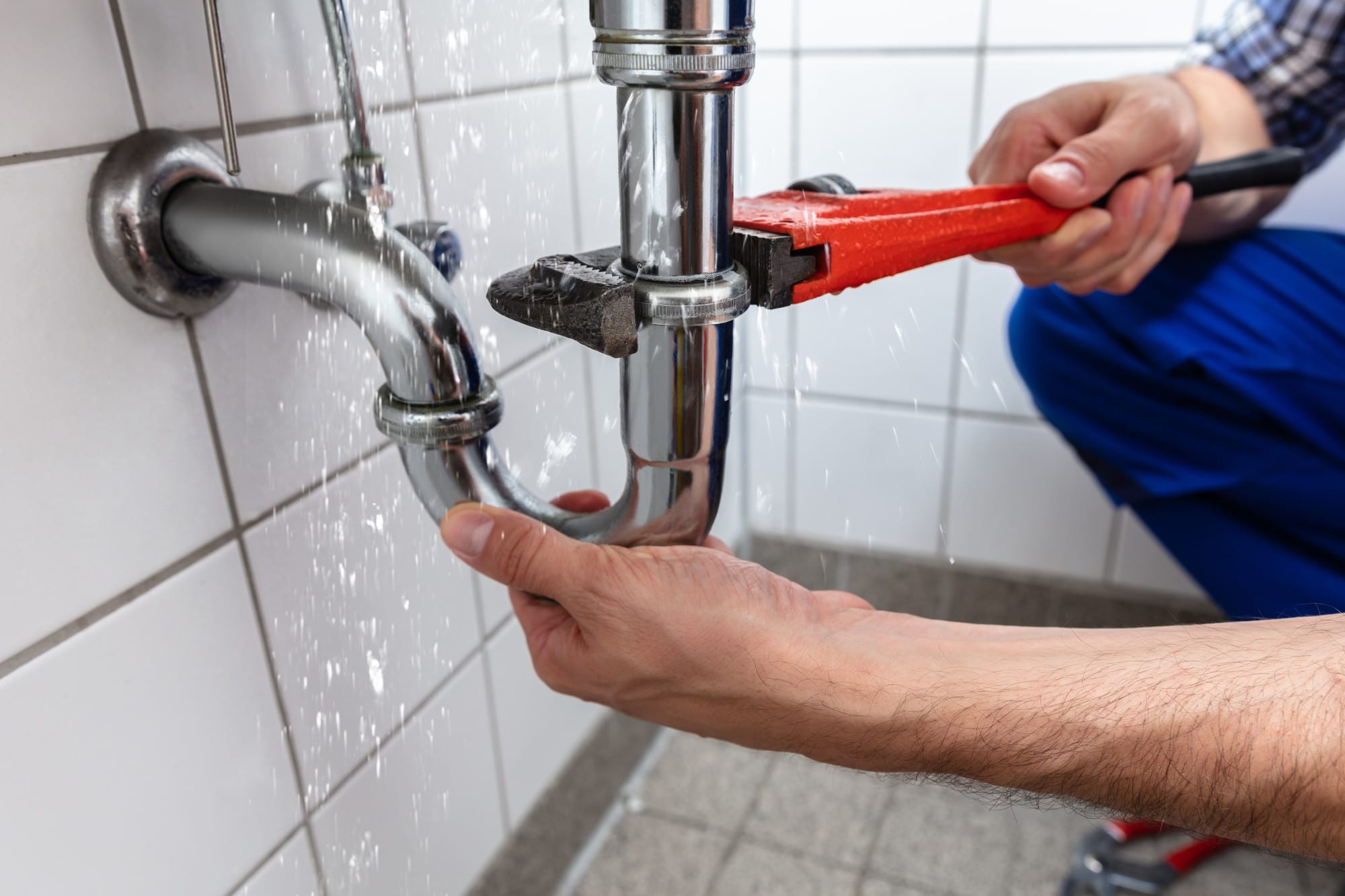Stop the Flood: Strategies for Detecting as well as Fixing Ruptured Pipes
Stop the Flood: Strategies for Detecting as well as Fixing Ruptured Pipes
Blog Article
How do you actually feel on the subject of What to Know Before Installing a Dishwasher?

A ruptured pipeline is a major emergency; you can just stand as you see water you pay a lot to reunite with the planet. In even worse cases, you observe a swimming pool on your kitchen flooring, which is a great trip danger, specifically if you have children around. If the pipe that ruptured remained in your walls, problem: you might require to paint that entire section.
Exactly how can a tragedy like a burst pipe be stopped and also managed? Well, by paying attention to your specialist emergency plumbings as well as complying with these regulations.
How do I know when my pipes have ruptured?
Rising and fall water pressures
Pipes do not just burst in a day. You may have observed that your cooking area faucet or shower doesn't run instantly when you turn the faucet. It may stop briefly for a few secs and afterwards blast you with even more pressure than usual.
In other circumstances, the water might appear regular at first, then drop in pressure after a few seconds.
Contaminated water
Many people assume a burst pipeline is a one-way electrical outlet. Fairly the contrary. As water flows out of the hole or gouge in your plumbing system, pollutants find their way in.
Your water might be infected from the resource, so if you can, inspect if your water tank has any type of troubles. However, if your drinking water is provided and also detoxified by the city government, you ought to call your plumber promptly if you see or scent anything funny in your water.
Puddles under pipes as well as sinks
When a pipeline ruptureds, the outflow forms a puddle. It may appear that the puddle is growing in dimension, and also despite how many times you mop the puddle, in a couple of mins, there's another one waiting to be cleaned up. Commonly, you might not have the ability to trace the puddle to any visible pipes. This is an indication to call an expert plumber.
Damp wall surfaces and also water discolorations
Before a pipe bursts, it will leakage, the majority of times. If this persistent leaking goes unnoticed, the leak might finish right into a wide gouge in your pipe. One easy way to avoid this emergency is to watch out for wet walls ad water stains. These water stains will lead you right to the leak.
Untraceable dripping noises
Pipe bursts can take place in one of the most undesirable areas, like within concrete, inside wall surfaces, or under sinks. When your house goes quiet, you might be able to hear an annoyingly consistent leaking noise. Even after you have actually inspected your shower head as well as kitchen faucet, the trickling might continue.
Dear viewers, the leaking may be coming from a pipeline inside your walls. There isn't much you can do about that, other than tell an expert plumber.
Show up the Warm
Set up followers to blow warm into cool areas. Maintain the garage door shut. If you have reduced water circulation, warm the most at risk pipes (usually in cellars as well as crawl spaces or near exterior wall surfaces) with a hair dryer. Leave the faucet on while you use heat. As you thaw ice, the flow will enhance. To stop pipelines from freezing, shield your walls.
Start Doing Away With the Water
Get hold of the mop, pails and a store vacuum cleaner to start to remove the water because you absolutely don't desire it soaking into every little thing else in your home. And also, a quick tidy up will certainly decrease the opportunities of something getting musty.
What do I do when I detect a burst pipeline?
Your water meter will continue to run also while your water wastes. To minimize your losses, discover the major controls and transform the supply off. The water pipe are an above-ground framework at the edge of your building.
How to Fix & Detect a Leaking Pipe
How Do I Know if a Pipe is Leaking?
Leak detection tests can help you determine if your pipe has a leak. Even if you don’t see an apparent leak, you should still conduct leak detection tests regularly to save water and money—and prevent major damage to your home.
Water meter. It can be helpful to figure out what your usual water meter usage numbers are and then monitor them regularly. To monitor your meter, first, turn off all water faucets in your home. Check the meter and write down the numbers. In a few hours, check the meter again. If the numbers have changed, you have a leak. Water gauge. Use a water gauge to test your water pressure. Your showerhead should produce a certain amount of water pressure based on its model and design. If the pressure is lower than it is supposed to be for that specific showerhead, your home likely has a leak. Puddles. Look inside your bathroom, laundry, and kitchen sink cabinets. Puddles around the cabinets or around toilets, tubs, showers, and washing machines indicate the presence of a leaking pipe. You may also notice loose tiles, peeling or flaking paint, or mold caused by water accumulation. Napkin test. Even if you don’t see any puddles, you may still have a leak. You can test for water leaks in the bathroom, laundry, and kitchen by wiping below-sink connections with a napkin, paper towel, or piece of toilet paper. If it becomes damp, you probably have a leaking pipe under the sink. Discolored walls. Walls that are discolored—usually with brown or yellow stains—or bulging might mean that they have been impacted by water damage caused by a leaking pipe. Smell. A leaky pipe will create sitting water, and over time, that water may develop a musty smell. If your home smells musty, but you can’t locate the source, it may be due to a leak. Steps for Fixing a Leaking Pipe
A leaky drain can be remedied by tightening the pipe base, replacing the drain seal, caulking the rim, and tightening the pipe nut. Similarly, a leaking toilet pipe can be treated by tightening the packing nut. You may also need to replace the valve. A leaky faucet may just need tightening or replacement of the washers. If that doesn’t work, consider replacing your faucet. If your pipe has a hole in it, you may want to use a pipe leak sealer or pipe leak tape. This quick fix for water pipe leaks can also temporarily fix a copper pipe leak. https://www.ahs.com/home-matters/quick-tips/how-to-tell-if-pipes-are-leaking/

We hope you liked our section on How to Install and Connect a New Dishwasher. Thanks so much for spending some time to read our article post. Do you know about someone else who is involved in What to Know Before Installing a Dishwasher? Take a moment to promote it. Thanks for your time. Come back soon.
Hire A Pro
Report this page